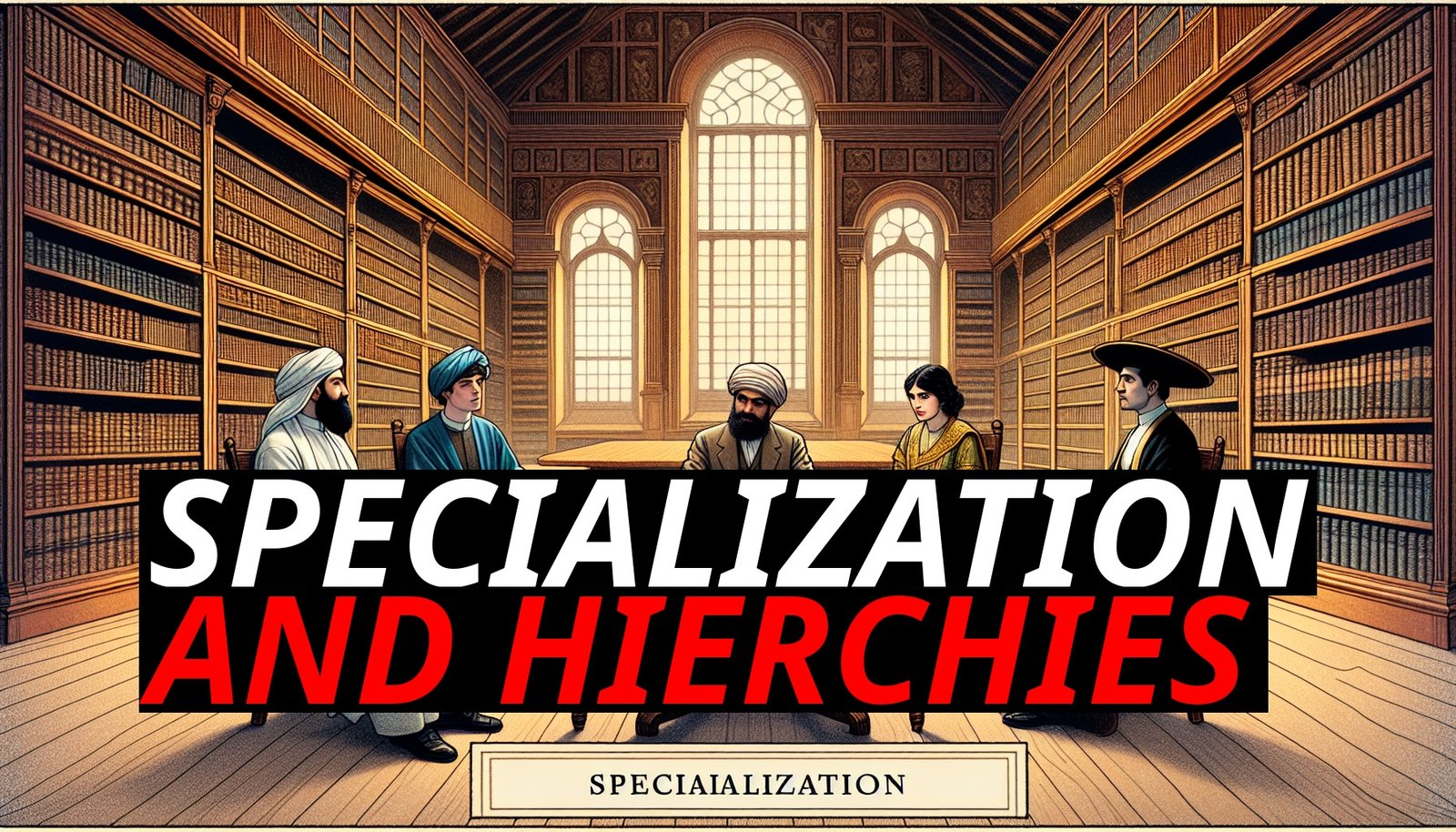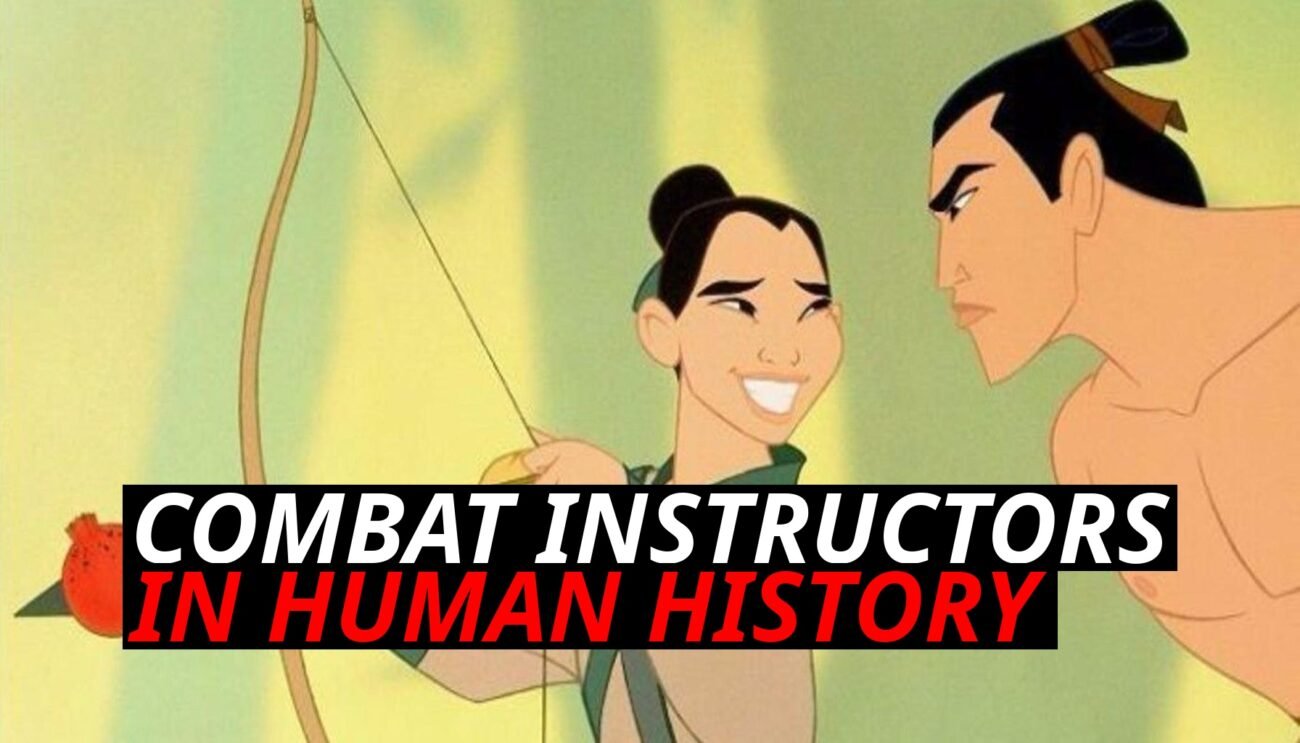Imagine a society where everyone is equal in responsibility and reward. On the surface, this might sound idyllic—until you realize that without someone to organize, lead, and train, chaos reigns. Who decides who makes tools, who builds houses, or who defends the village? History shows us that specialization, the cornerstone of progress, thrives only within hierarchical systems. Without leadership and clear structures, the skills that drive societal growth simply can’t flourish.
Why Specialization Thrives In Hierarchies
Specialization demands focus, training, and coordination. These elements don’t occur spontaneously; they require a structured environment where roles are defined, resources are allocated, and contributions are rewarded. Hierarchies provide this framework by:
- Establishing Order: They assign roles based on aptitude, ensuring that skilled individuals focus on what they do best.
- Facilitating Training: Apprenticeships and mentorships are only possible within systems that recognize and reward mastery.
- Rewarding Expertise: Hierarchies incentivize individuals to specialize by offering status, resources, or influence as rewards.
Without these structures, specialization would stagnate, leaving societies stuck at a subsistence level.
The Training Systems That Built Civilization
Hierarchies have long been the backbone of training systems. From blacksmithing guilds to military academies, they’ve ensured the transfer of specialized knowledge across generations.
- Apprenticeships: In medieval Europe, a young apprentice would live and work with a master craftsman, learning skills that took years to perfect. The hierarchy ensured respect for the master’s expertise and a clear path for the apprentice’s growth.
- Military Training: Armies relied on structured hierarchies to train soldiers and pass down tactics. Combat instructors, often veterans, were elevated figures whose authority ensured discipline and cohesion.
- Scholarly Hierarchies: Ancient universities and religious institutions organized knowledge within ranks, from novices to masters, ensuring that specialization in fields like medicine or theology was methodically developed.
These systems weren’t egalitarian—they depended on a clear chain of command that respected expertise and authority.
The Role Of Reward Structures
Specialization is demanding. It requires years of effort and often sacrifices broader skill sets for mastery of a single field. Without appropriate rewards, there’s little incentive for individuals to dedicate themselves to such rigorous paths.
- Social Status: In many societies, specialists like blacksmiths, architects, or military leaders held positions of prestige, reflecting their value to the community.
- Economic Incentives: Specialists were often paid or rewarded more than general laborers, recognizing the rarity of their skills.
- Power and Influence: In hierarchical societies, mastery of a craft or role often translated into political or social power, further motivating individuals to specialize.
These reward structures created a cycle where talent and effort were consistently channeled into roles critical for societal growth.
The Limitations Of Egalitarian Approaches
Egalitarian systems, while promoting unity, often struggle to foster specialization. By treating all roles as equally valuable, they risk neglecting the importance of rare skills:
- Lack of Incentives: If rewards are distributed equally, there’s little motivation to pursue demanding training.
- Resource Misallocation: Without leadership, resources may be spread thin across generalist efforts rather than focused on key areas like toolmaking or defense.
- Stunted Progress: Egalitarian systems may maintain subsistence-level stability but rarely achieve the advancements seen in hierarchical societies.
While equality is valuable in many respects, specialization requires recognition of differing contributions—a strength of hierarchical systems.
Lessons From Historical Hierarchies
History is rich with examples of hierarchies that drove specialization and, in turn, societal progress:
- The Roman Empire: Its structured legions and engineering guilds created an unprecedented level of organization, enabling roads, aqueducts, and fortified cities.
- Medieval Guilds: These trade organizations formalized training and standards for crafts like masonry and carpentry, ensuring that specialized skills flourished.
- Feudal Systems: Though rigid, feudal hierarchies incentivized knights, builders, and artisans to excel in their fields by tying their contributions to social and economic rewards.
Each of these examples demonstrates how hierarchies prioritize and amplify the value of specialized roles.
Modern Reflections On Hierarchy And Specialization
While modern societies strive for greater equality, they still rely on hierarchical systems to foster specialization:
- Corporate Structures: Businesses organize employees into roles and ranks, incentivizing expertise through promotions and salaries.
- Educational Systems: Universities and trade schools create clear paths for mastery, from students to professors or apprentices to journeymen.
- Government and Military: National hierarchies allocate resources and training to areas like healthcare, engineering, and defense, ensuring society’s needs are met.
These systems show that even in a world that values equality, specialization still depends on structured leadership and reward mechanisms.
Final Thoughts
Specialization is the engine of societal growth, but it doesn’t happen in a vacuum. Hierarchies provide the structure, training, and rewards necessary to cultivate expertise and ensure its value is recognized.
From ancient guilds to modern corporations, history proves that progress depends on systems that prioritize and amplify the contributions of specialists. Without hierarchy, the tools, techniques, and strategies that define civilizations would remain out of reach, leaving societies stuck in a cycle of mere survival. The lesson is clear: specialization may drive progress, but hierarchy is the map that shows the way forward.













